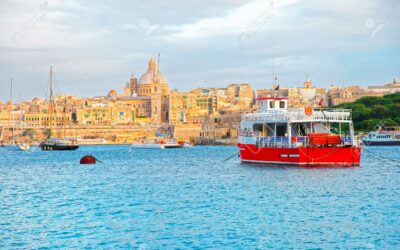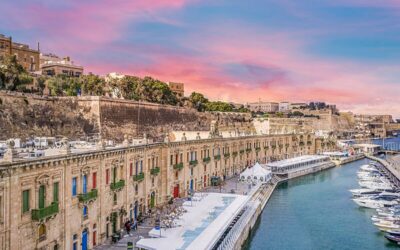Notify Your Arrival in Valletta’s Historic Grand Harbour
One of the most iconic natural harbors in the Mediterranean, Valletta’s Grand Harbour in Malta is not only a marvel of maritime engineering but also a place steeped in centuries of seafaring tradition. With its deep natural waters, strategic fortifications, and vibrant port life, the Grand Harbour remains a vital entry point for vessels ranging from small sailboats to 100-meter superyachts.
Whether you’re a captain charting your arrival or a history lover exploring Malta’s naval heritage, here’s everything you need to know about entering Valletta’s Grand Harbour—including the legendary foghorn tradition.
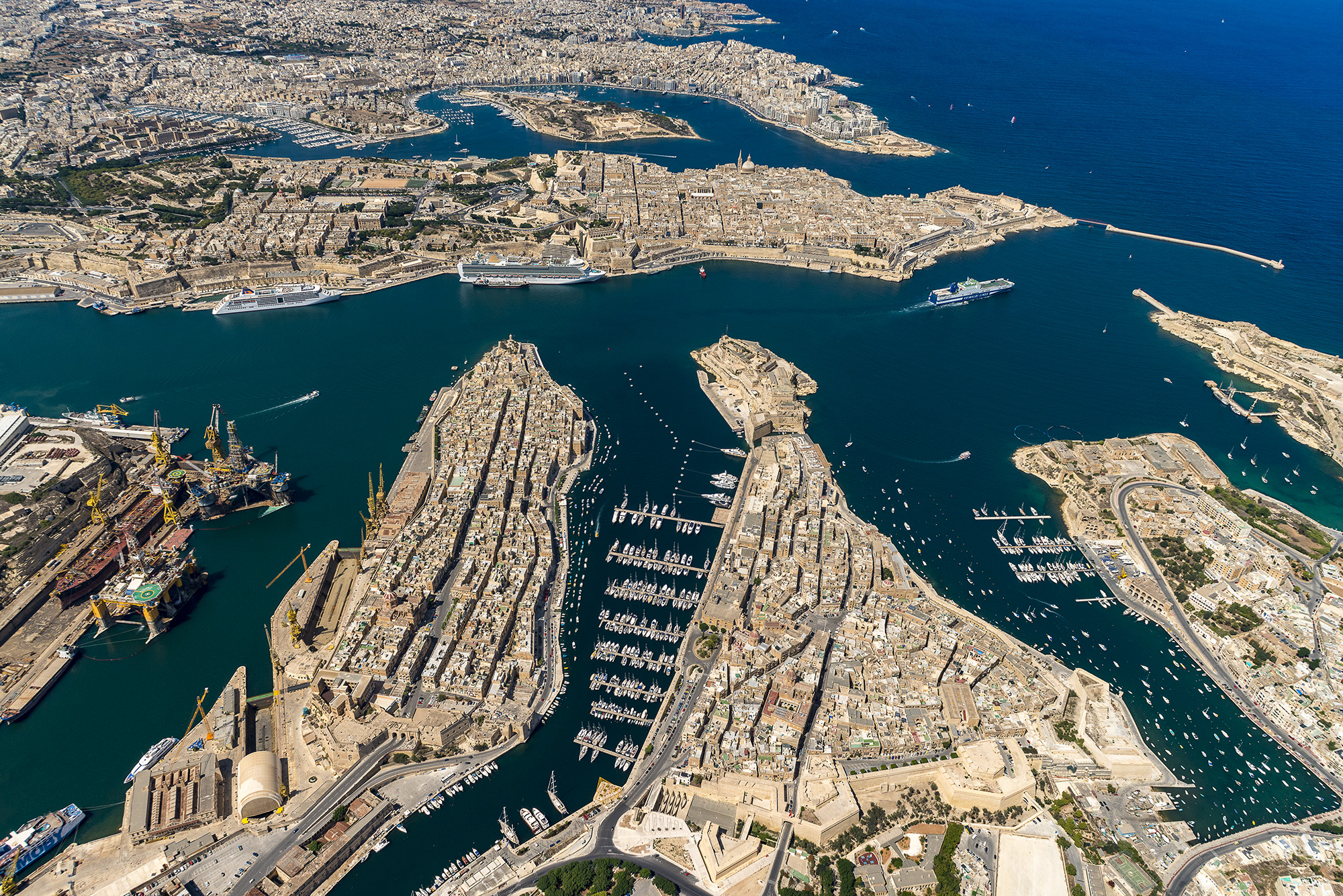
The Valetta Grand Harbor. Photo Daniel Cilia.
A Natural Deepwater Harbor with World-Class Protection
Valletta’s Grand Harbour is a naturally sheltered, rocky inlet, protected by breakwaters that shield it from swells coming from the northwest, northeast, and east. This complex defense system makes the harbor one of the safest and most secure in Europe.
Key maritime features include:
- Deep natural waters ideal for a range of vessels
- Marina berths for over 280 boats, including large yachts
- Mixed-use capacity for commerce, cruising, naval operations, and private yachting
- Strategic location in the central Mediterranean
Despite its relatively compact size, the harbor is a hub of multi-functional maritime activity, requiring advanced port infrastructure and precise vessel management.
How to Enter the Grand Harbour: Maritime Procedures
If you’re sailing into Valletta, preparation is key. Here’s what captains need to do:
Official Entry Protocol:
1. Contact Valletta Port Control via VHF Channel 13 before entering.
2. Follow the beacons and official port signals for safe navigation.
3. Use designated mooring areas located throughout the harbor’s various inlets.
The Foghorn Tradition: A Sound That Signals Arrival
Incoming vessels are also required to signal their arrival using a foghorn or siren—a sound tradition that serves both practical and symbolic purposes.
This:
- Alerts port authorities and nearby vessels
- Ensures safe coordination in this busy harbor
- Honors a local maritime custom that dates back centuries
This rule aligns with international maritime safety standards, while Malta also participates in European noise pollution reduction initiatives, aiming to strike a balance between security and sustainability.
The Legendary Origin of Valletta’s Foghorn Rule
Malta’s maritime customs are rooted in colorful local legends—and the story behind the foghorn rule is no exception. According to local folklore, a ship’s captain once returned unexpectedly to Valletta and discovered his wife in bed with none other than the Grand Master of the Order of Malta. Enraged and determined never to be caught off-guard again, he insisted that arriving ships announce their return with a loud signal.
Thus, the foghorn rule was born—not just as a safety measure, but as a way to keep the harbor’s inhabitants on alert. Today, it stands as both a legal requirement and a cultural reminder of Malta’s dramatic and sometimes romanticized past.
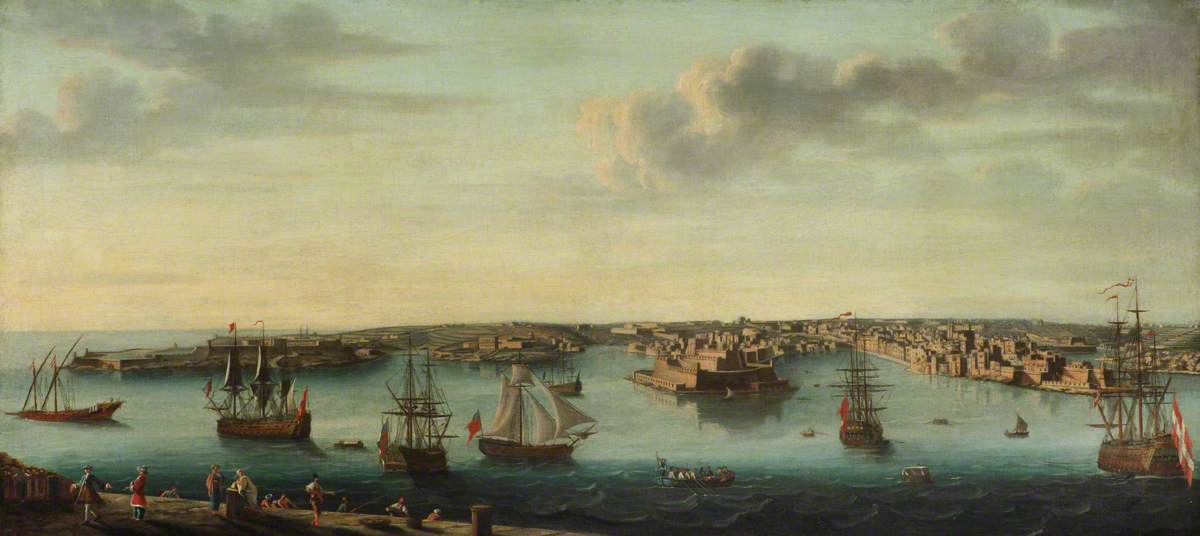
Painting from Caspar van Wittel (1653–1736)
A Port With Centuries of History
Founded in 1566 by Jean Parisot de La Valette after the Great Siege of Malta, the Grand Harbour quickly became the cornerstone of the island’s military and trade network. Throughout history, it has:
- Withstood Ottoman invasions
- Served as a British naval stronghold
- Hosted royalty, traders, and warriors from across the world
Its legacy is captured in historical artworks like the panoramic views painted by Caspar van Wittel (1653–1736), and in the centuries-old forts, bastions, and stone docks that still line the coast today.
Why Valletta’s Grand Harbour Remains a Must-Visit Port
If you’re navigating the Mediterranean, docking at Valletta’s Grand Harbour is a highlight of any sailing journey. But even for those on land, watching vessels glide in beneath the fortifications is an unforgettable experience.
From its deep, natural basin to its storied foghorn signals, the Grand Harbour represents a perfect blend of maritime innovation, cultural heritage, and legendary charm.
Quick Facts for Captains
- Location: Valletta, Malta
- Radio Contact: VHF Channel 13 (Valletta Port Control)
- Entry Signal: Mandatory foghorn/siren on arrival
- Berthing Options: Marina with 280+ berths, commercial and cruise
terminals - Recommended timing: Announce approach well in advance
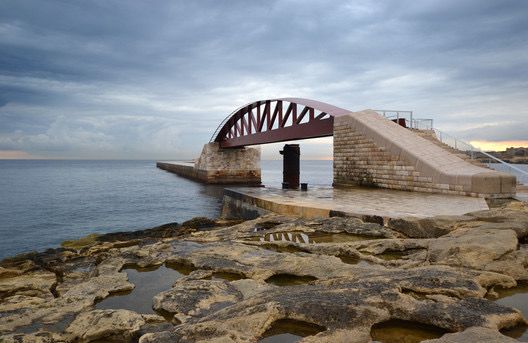
Sound the Tradition, Sail into History
Entering Valletta’s Grand Harbour isn’t just about navigation—it’s about stepping into a port with centuries of legacy, drama, and maritime prowess. Whether you’re following radio protocols or honoring the foghorn tradition, your arrival is part of a living history that continues to shape the soul of Malta’s most iconic harbor.


